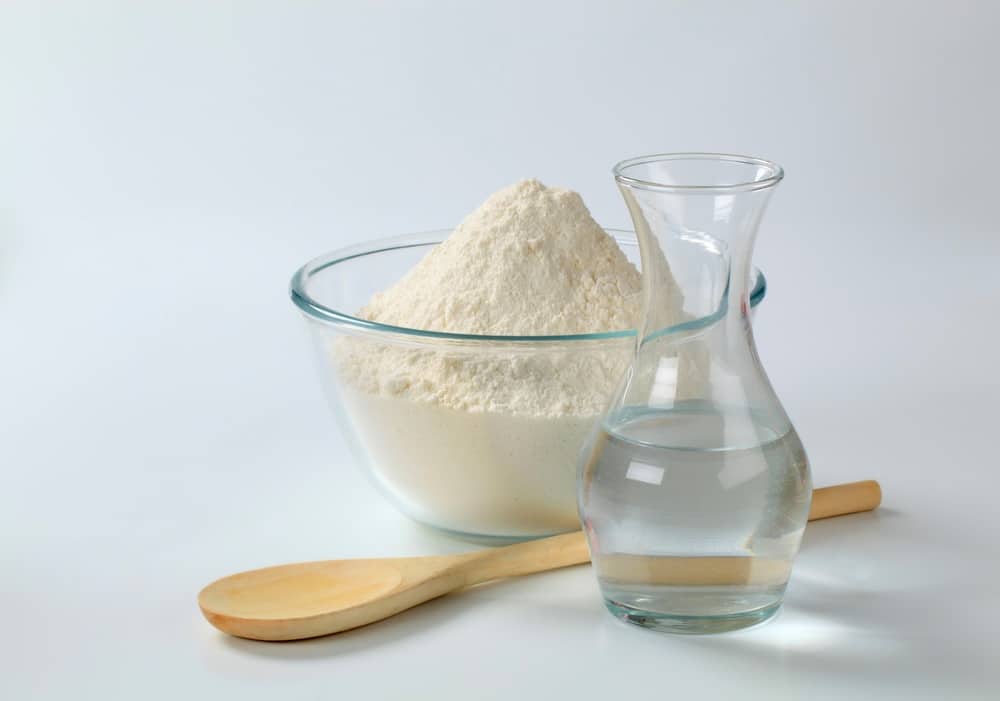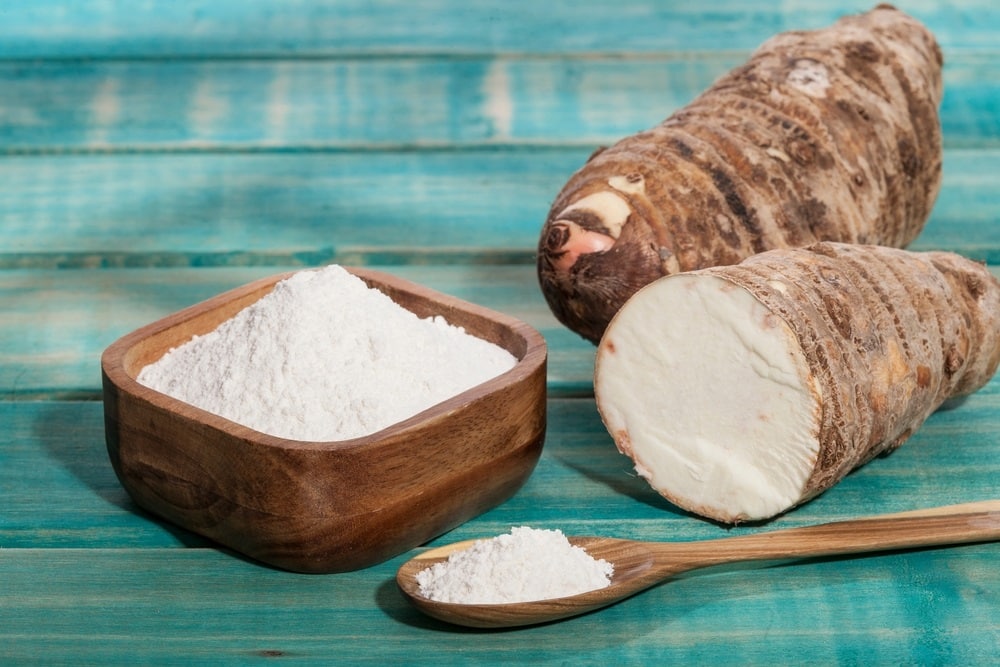
Fancy some lasagna for a family weekend dinner? What makes dishes like lasagna so mouthwatering and tempting? It’s the saucy, gooey texture, right? It’s the thickening agents, such as roux, that help to create a saucy texture and amp up the flavors of the dish.
And the best part is that roux can be made up of only two ingredients- flour, fat, and sometimes butter or oil. Roux is the most preferred combination used in households, especially when you are preparing gravy, thanks to its appealing color and cooking time.
But what if you are not able to use Roux in your cooking? There is a possibility that you or any of your family members are allergic to roux’s ingredients, or you probably couldn’t find it at your nearby grocery store.
If so, here are a few substitutes for traditional roux that you can try.
What Are The Alternatives To A Traditional Roux?
1. Water And Flour
Traditional roux is prepared by mixing equal parts of fat and flour. This mixture is cooked long enough to create a thick consistency. If you do not have butter or any other fat ingredient in your pantry, you can simply opt for cold water and flour.
Although this is a good combination to thicken up your dish, keep in mind that the cold water does not completely eliminate the taste of the flour. This could ruin the overall taste of your main dish.
However, it also depends on what dish you intend to cook. For instance, dishes with strong flavors are usually not affected by the flour-water combo.
Alternatively, you can try this with lukewarm water. This might help you get rid of the clumps and give a smooth, silky sauce. Make sure to thoroughly whisk the mixture of flour and water to remove all lumps.
Secondly, consider tasting it first. For this purpose, scoop out a small portion of your main dish and add the flour-water mixture. Now see whether it is giving you the desired consistency, color, and flavor or not.
2. Cornstarch Or Arrowroot
Are you conscious of having a gluten-free diet? If yes, here is a healthy, gluten-free alternative to the traditional roux.
Cornstarch and arrowroot have quite similar properties except for one thing- arrowroot has a tendency to start getting slimy when you mix it with any dairy product.
Hence, it is best if you go for cornstarch if your main dish has gravy. In this way, you can avoid potential cooking mishaps.
Now that you have a basic understanding of cornstarch and arrowroot, let’s talk about their respective quantities. If you are preparing one cup of sauce or gravy, consider adding one tablespoon of cornstarch or arrowroot.
Before you add either of these ingredients to your sauce, make sure to mix them with water to avoid forming small chunks. Just whisk the mixture until it turns into a smooth paste, and you’ll be good to go!
3. Tomato Sauce
Tomato sauce is another excellent substitute for a traditional roux. It has a mildly sweet flavor and will surely add to the flavor of your dish. Although its flavor is slightly different from traditional roux, we believe that it can serve as a substitute, thanks to its versatility.
From fish to noodles and sauces, you can add tomato sauce to a number of dishes. To further enhance its flavor, you can add basil, olive oil, or some cloves of garlic. You can find it at any grocery store in canned forms.
And yes, once opened, tomato sauce will only last up to five days. You will find its texture somewhat similar to the traditional roux. All these reasons make tomato sauce an ideal alternative to the traditional roux.
The Bottom Line
Traditional roux is loved for its texture and versatility. However, it is not readily available at grocery stores. Keeping that in mind, we have outlined various alternatives that you can use instead.
Use any of the aforementioned substitutes and enjoy sauces and soups to your heart’s content.

